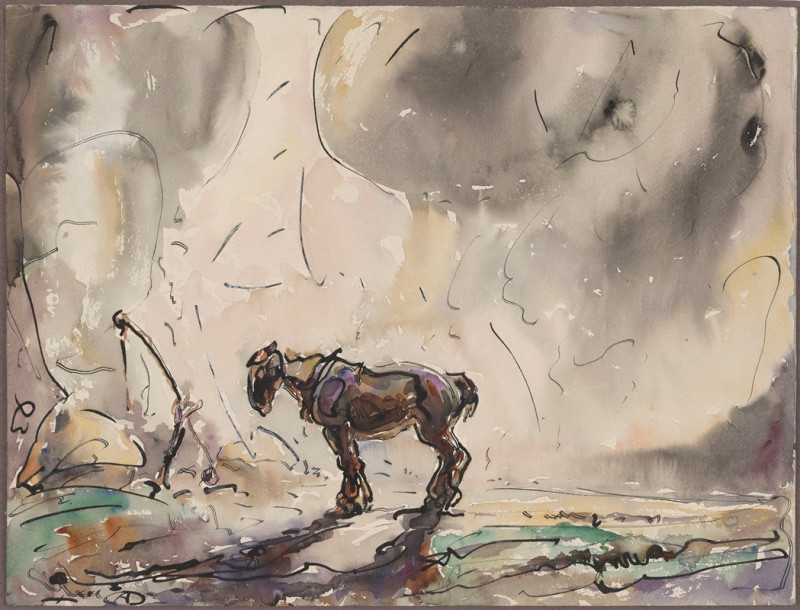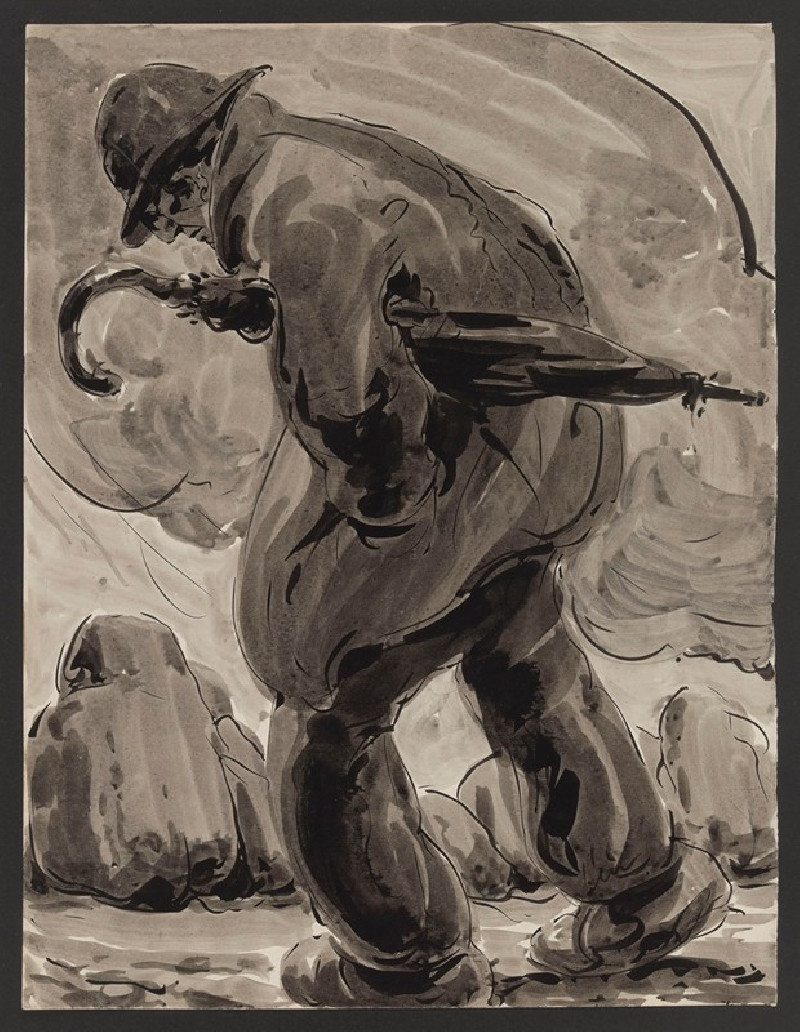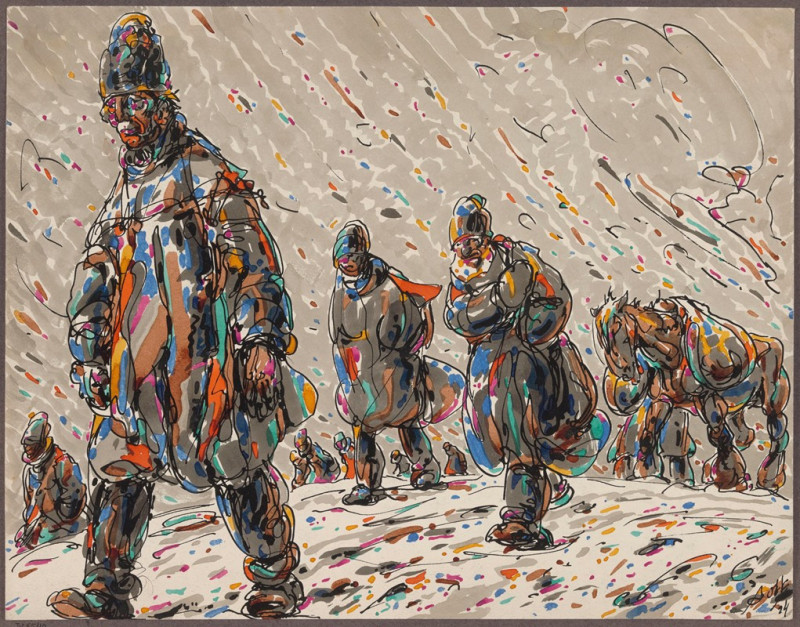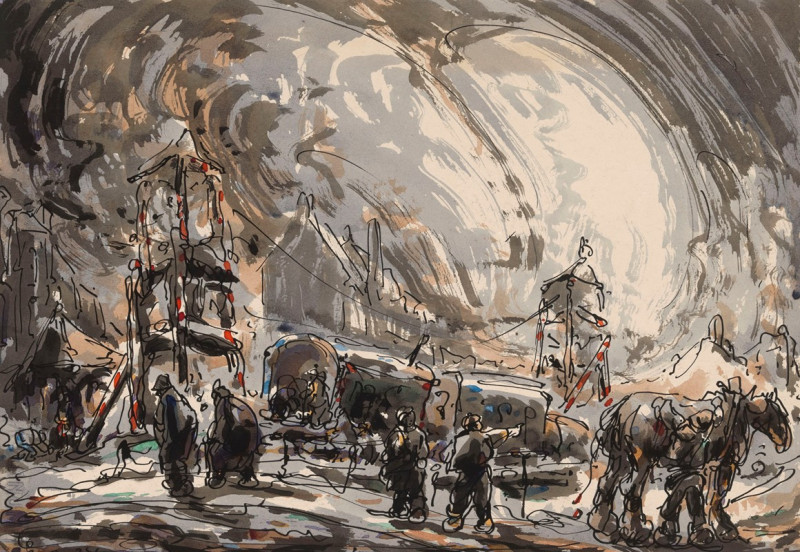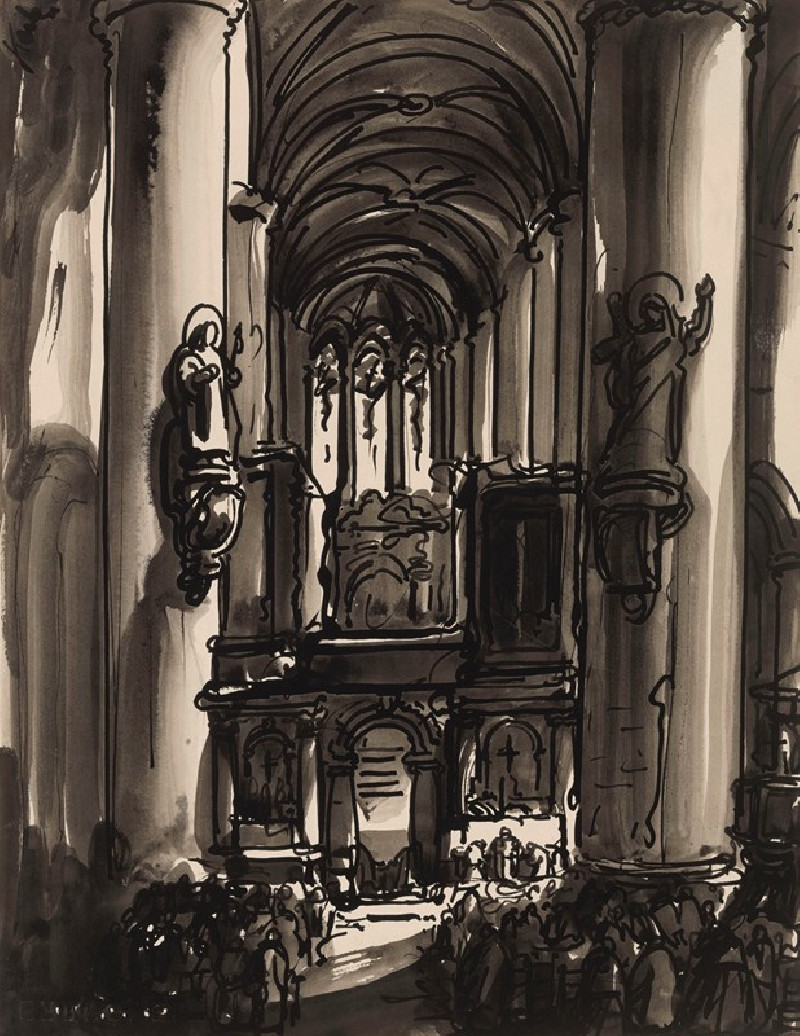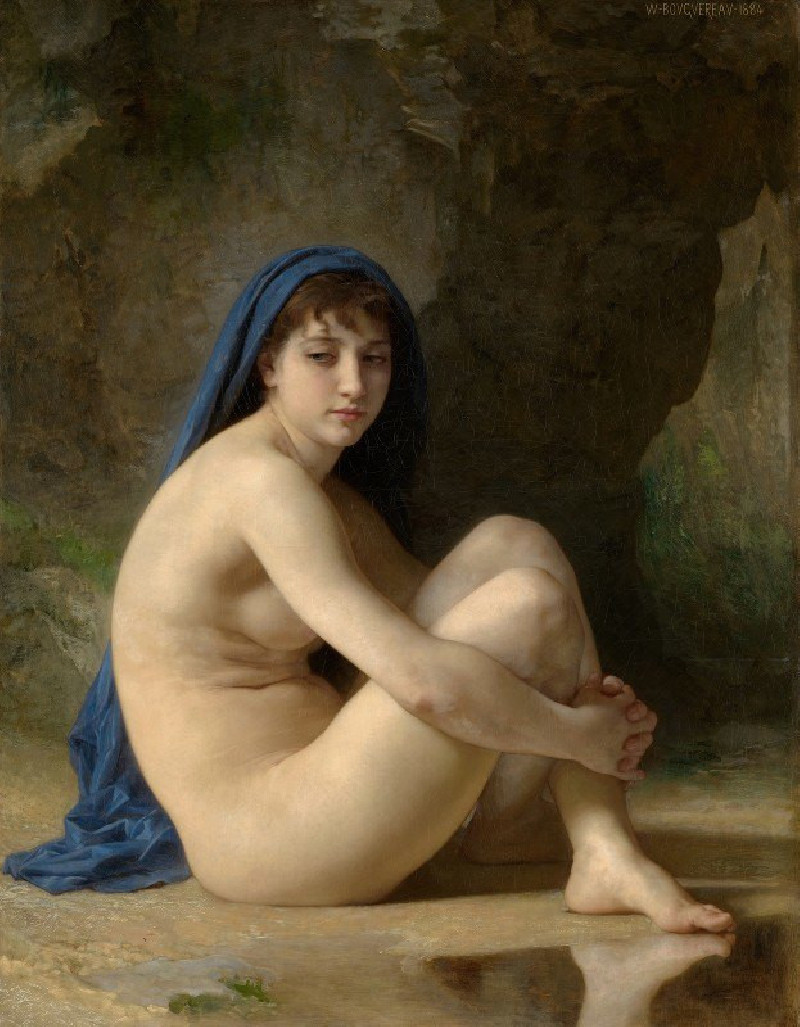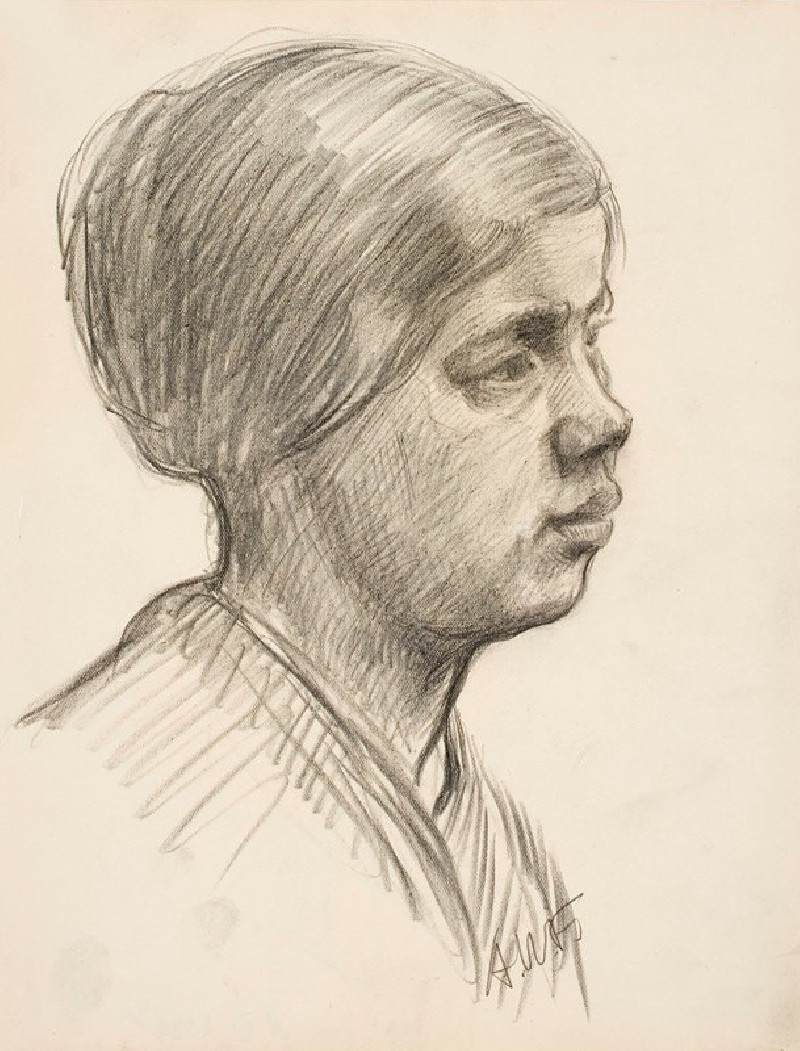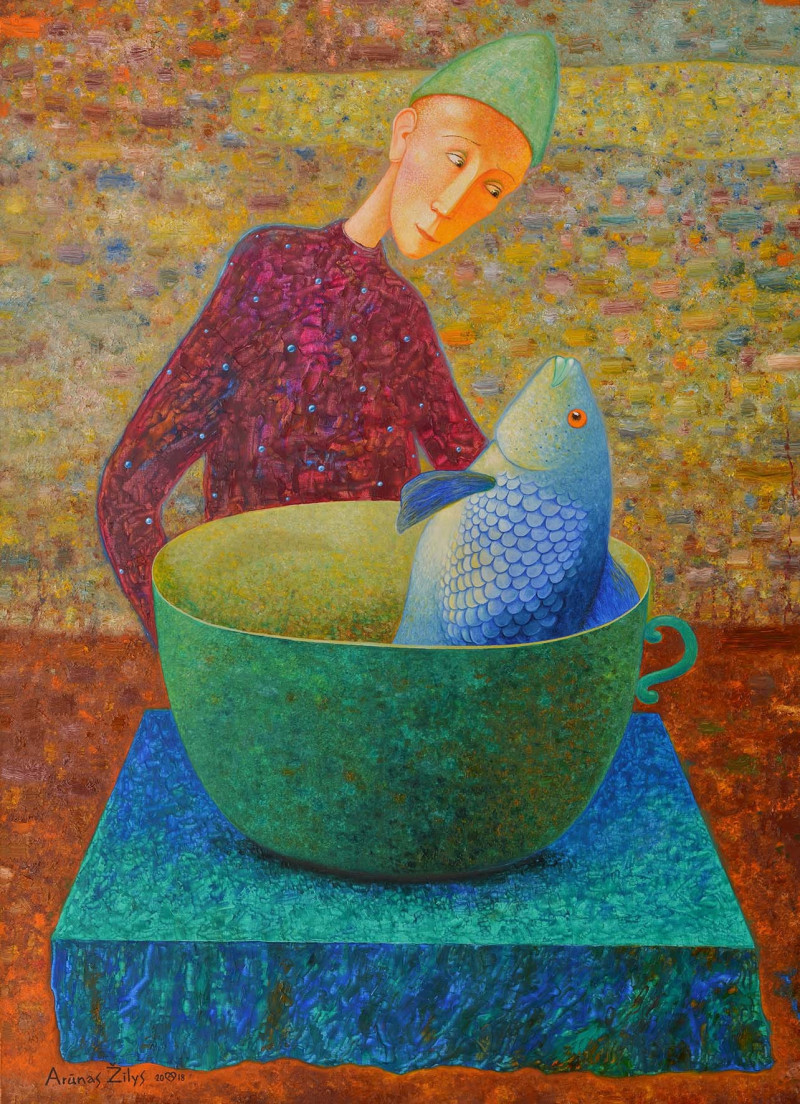Lonely Horse (1926)
More about this artwork
Delivery
Reproductions are made to order and take 5 to 7 working days.
We send them out by courier and delivery takes another two working days.
If you need a reproduction sooner, please contact us - we can usually find a solution and produce it a little faster.
If you don't want to pay for postage, you can pick up your paintings at our galleries in Kaunas or Vilnius.
Returns
Yes, reproductions can be returned.
If you have any doubts more than 30 days after the date of purchase, please contact us - we will take the reproduction back for a refund or offer you a replacement!
We accept a maximum of two returns per customer - please note that we make reproductions to order, so please choose responsibly.
We do not refund shipping expenses.
Alfred Ost was a renowned Belgian painter. In 1920, he garnered a bronze medal in the art competition at the Olympic Games for his exquisite painting titled "The Footballer" (Joueur de Football). Interestingly, that was the year when the Olympic Games expanded to include categories such as painting, architecture, literature, music, and sculpture.
During the challenging times of the Second World War, Alfred faced immense hardships, even running out of essential supplies like food. However, he managed to sustain himself through the help of Jesuit priests from the Xavier College in Antwerp. This help was in return for the religious artwork he contributed.
The Jesuits admired his artwork and provided him the opportunity to create murals across their school. These masterpieces illustrated the life of Francis Xavier, the patron saint of the Jesuit order and the eponymous college. Owing to a wartime scarcity of paints, Alfred resourcefully employed charcoal and charcoal sticks for his work. Later, these murals were preserved with a protective layer, and they continue to be among the school's most treasured possessions to this day.

